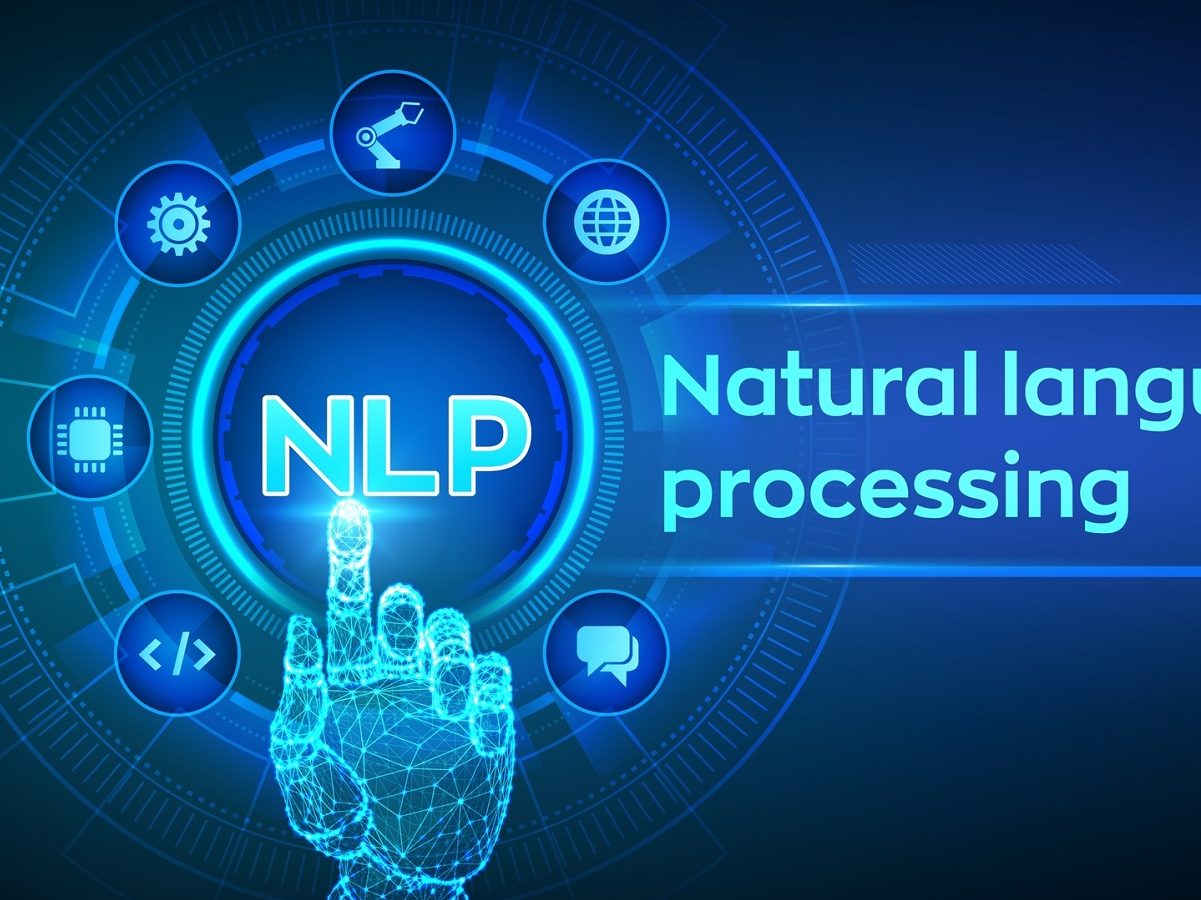In recent years, Natural Language Processing (NLP) has emerged as one of the most promising fields of Artificial Intelligence (AI) with a wide range of applications across industries. NLP is a subfield of AI that deals with the interaction between computers and human language. It focuses on teaching machines to understand, interpret and generate human language, enabling machines to communicate with humans in a way that is natural and intuitive.
In this article, we will delve deep into the world of NLP and explore its applications and limitations.
What is Natural Language Processing (NLP)?
Natural Language Processing (NLP) is a subfield of AI that deals with the interaction between computers and human language. It focuses on teaching machines to understand, interpret and generate human language, enabling machines to communicate with humans in a way that is natural and intuitive.
NLP involves a set of techniques and algorithms that enable computers to process and analyze large amounts of text data. It uses various techniques such as machine learning, deep learning, and statistical models to analyze the text and derive meaningful insights.
Applications of Natural Language Processing (NLP)
NLP has a wide range of applications across industries, some of which are discussed below:
Chatbots and Virtual Assistants
Sentiment Analysis
Language Translation
Text Summarization
Text summarization is another application of NLP that involves summarizing large amounts of text data into a concise and coherent summary. Text summarization is used in a variety of industries such as news and media to provide users with a quick summary of the news article.
Limitations of Natural Language Processing (NLP)
While NLP has a wide range of applications, it is not without its limitations. Some of the major limitations of NLP are discussed below:
Ambiguity
Human language is inherently ambiguous, and it can be difficult for machines to understand the context and meaning of a sentence. This can lead to errors in machine learning models and can affect the accuracy of NLP applications.Language Diversity
Data Quality
The accuracy and effectiveness of NLP models are highly dependent on the quality of the data used to train them. If the data is inaccurate or biased, it can lead to errors in the machine learning models and can affect the accuracy of NLP applications.Conclusion
Natural Language Processing (NLP) has emerged as one of the most promising fields of Artificial Intelligence (AI), with a wide range of applications across industries. NLP enables machines to communicate with humans in a way that is natural and intuitive, enabling a new era of human-machine interaction. While NLP has its limitations, the



